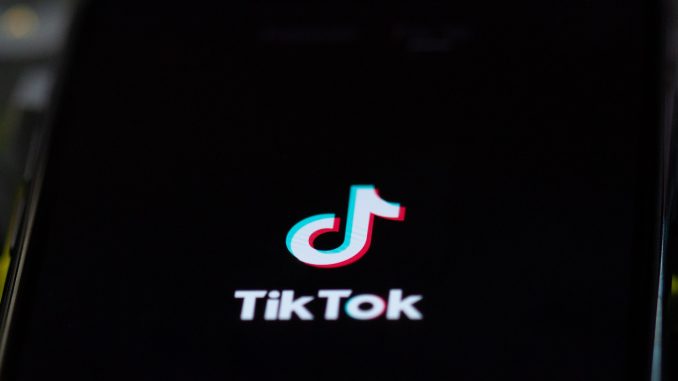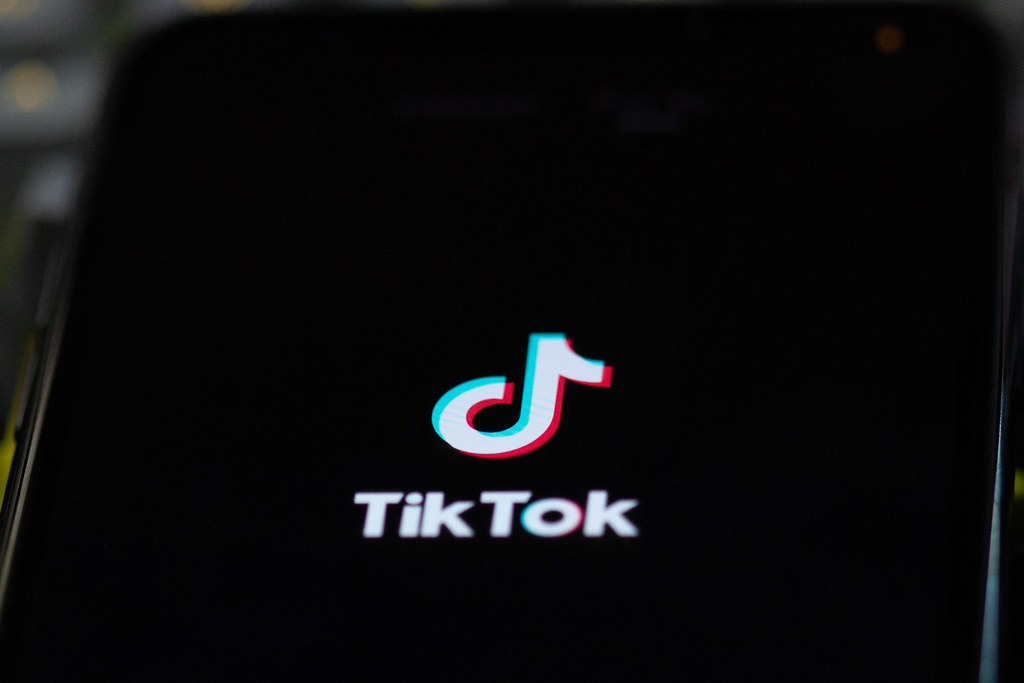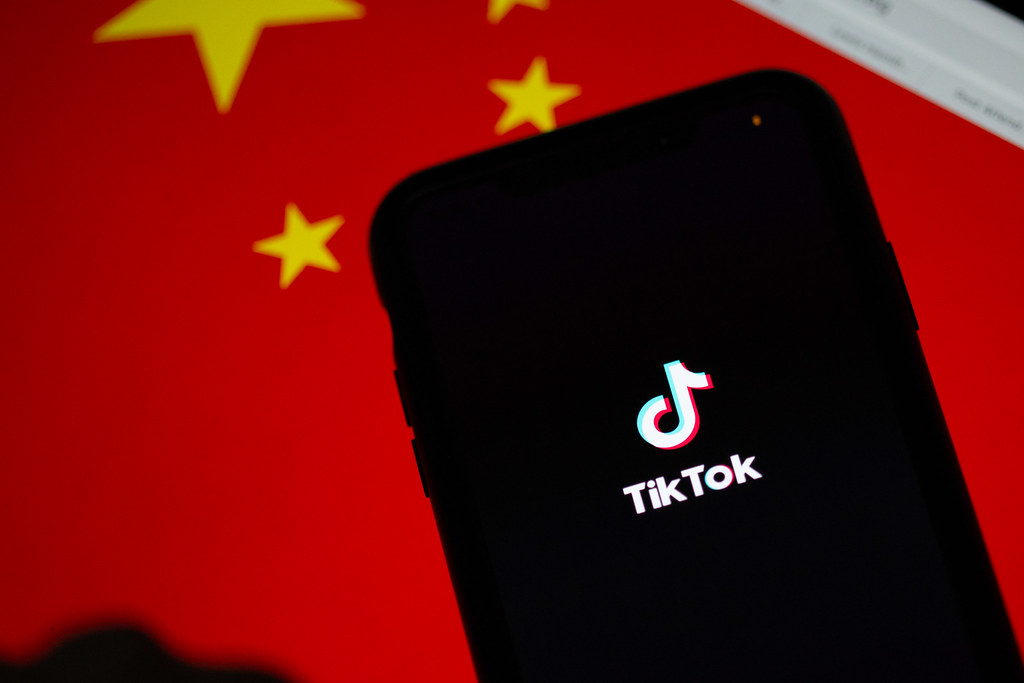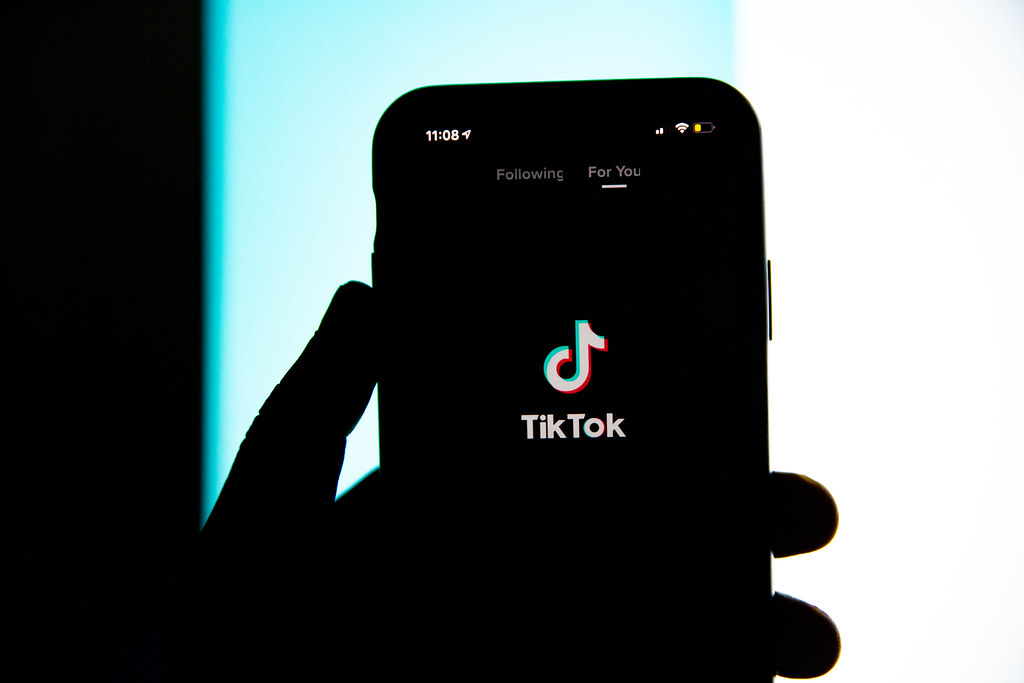
 “TikTok” by Solen Feyissa is licensed under CC BY-SA 2.0
“TikTok” by Solen Feyissa is licensed under CC BY-SA 2.0
Introduction
TikTok is one of the most successful media platforms in the world. It has almost reached a monopoly in the information dissemination and entertainment market, and it has had a great impact on the development of the global Internet.
Even if TikTok faces many challenges from competitors, and from political issues after becoming famous, its downloads continue to grow. TikTok had 54 million users in January 2018, and by 2021, this number has grown to 1 billion (Hutchinson, 2021).
The following article will introduce the influential social platform: Tiktok, through explaining how it developed into one of the most successful social platforms in the new media era. Then this article analyzes TikTok’s business model shaped by its special algorithm system. Finally, it also mentioned the concerns that TikTok faces, such as competitors, the way it is being supervised, and political issue which suppressed it.
The following video explains why TikTok is very popular and where it comes from.
What is Tiktok?
TikTok is a platform for publishing and watching short videos. Users can share music, performances, and lives on this platform (Ma&Hu, 2021). TikTok’s users only need to swipe across the screen of their smartphones to switch videos, without choosing the next video to watch. The duration of videos posted on TikTok is generally 15 seconds, and the maximum length can reach 60 seconds. The form of short video takes advantage of the fragmented time of users, making the platform have a huge amount of active users. Another powerful advantage of TikTok is its algorithm function, which can analyze different types that the users like, and provide them with accurate recommended page(Ma&Hu, 2021). TikTok gives users the opportunity to show themselves and gather informations on the platform.
 “TikTok” by Solen Feyissa is licensed under CC BY-SA 2.0
“TikTok” by Solen Feyissa is licensed under CC BY-SA 2.0
The beginning of TikTok
Beijing-based company Bytedance Ltd. launched a video entertainment application “Douyin” in the Chinese market in September 2016, specifically aim for Chinese young people. “Douyin” was very successful in China soon after appearance, and ByteDance Ltd. began to enter the international market. It created TikTok, which is the international version of Douyin in 2017, and copied the results of Douyin for operating TikTok(Ma&Hu, 2021). ByteDance Ltd. did not enter the unfamiliar international market with a brand new identity, but chose to acquire another company of similar type that already had a certain reputation. Musical.ly is a short video application similar to “Douyin”. Its original function is to allow users to edit videos and dub audio, and it already had a large number of users. ByteDance Ltd. acquired Musical.ly through a $1 billion transaction in 2017, merged it with its own products, and brought together the most popular elements of the two applications (Spangler, 2018). Then the users of Muscial.ly naturally transferred to TikTok. Since the TikTok platform entered the global market at the time, it quickly achieved great success. American media reports even referred to TikTok as “the first Chinese technology company to achieve a huge breakthrough in the United States” (Miao etc., 2021).
TikTok’s business model
The modes that social media platforms obtain economic income are almost similar. Most of the income comes from advertising. However, Tiktok also uses its own powerful artificial intelligence algorithm to establish a relatively unique business model. According to Mansell&Steinmueller (2020), the digital platform will provide users with multiple services, including allowing all users to publish content on the platform for free, and the platform will create revenue for itself through put in advertisement. Tiktok’s advertising is not very traditional, it will not forcefully interrupt the user’s viewing experience, and require the users to pay to become a VIP if they want remove the ads. The revenue of advertising in Tiktok comes from the establishing the connection between customers and advertisers. Merchants need to pay corresponding fees to the platform for advertising information, and then they can be accurately recommended by the algorithm to users who may need it. If the users do not like the ads they see, they can easily slide to the next video. The algorithm will know the preference of the users through identify the time they spent on one type of video. Customers that attracted by advertising content can click on the advertising links on the screen to consume, and part of their payment will become the platform’s profit.
 “TikTok” by Solen Feyissa is licensed under CC BY-SA 2.0
“TikTok” by Solen Feyissa is licensed under CC BY-SA 2.0
In addition, TikTok’s business model is inseparable from its unique algorithmic mechanism, which encourages all creators and provides all of them with opportunities to become influencers. As Haenlein etc.(2020) says, influencers need the exposure provided by social media platforms in order to become famous, and the platforms also profit from the content published by influencers. TikTok’s recommendation algorithm mechanism “For your page” is very unusual, because it could allocates hundreds of active viewers to videos uploaded by the new users. The algorithm system promotes every ordinary creators, not only celebrities with their fan group(Lorenz, 2020) . Through this mechanism, TikTok has created a lot of new influencers, so the economic benefits they bring belong to TikTok. Influencers publish the advertisements, TikTok will cooperate with these influential people and get commission in the middle.
Tiktok’s business model is creative and special, and had make it stand out among all the social platforms.
Dilemma that Tiktok is facing: Security issues and political issues
After TikTok has become one of the largest platforms in the world, it is also inevitably subject to disputes in security regulations and international relations. This article believes that one of the dilemmas that TikTok faced is the problem of user’s privacy, which is suspected internationally. TikTok was accused in the United States of illegally collecting private information from users under the age of 13(Miao etc., 2021). TikTok’s algorithm involves the collection of user’s identity information, and many people believe that this will infringe the user’s rights and against the privacyprotection law.
The following video talks about TikTok’s security issues.
At the same time, both the U.S. government and the Indian government believe that TikTok could be a tool for China to influence their politics, so it is dangerous. According to (Miao etc., 2021), the United States government believes Chinese Internet companies like TikTok are strictly regulated by the government, so the user datas all around the world may be transmitted to the Chinese government. Thereby TikTok would endangering the security of the country where it located. The United States’ claims might have self-interest reasons, because their dominance in the new media market has been shaken by TikTok. The rise of Chinese companies in the world means a threat to the United States, and the growth of TikTok is seen as destabilizing American politics (Miao etc., 2021). In addition, China has also banned American media platforms for a long time, so the United States government is hostile to TikTok. Disputes towards TikTok gradually turned into sanctions. Both the President of the United States and the Indian government have announced in 2020 that TikTok was banned from being active in their country. Although Biden lifted TikTok’s ban in the United States in June 2021, it still requires strict scrutiny (Herman, 2021). TikTok’s situation in the US market will become better, but the scrutiny will also bring a blow to TikTok. So TikTok may need to develop a good relationship with the local government in the follow-up, and actively cooperate with the review to improve their security management.

By Leonel Sohns – Own work, CC BY-SA 4.0, https://commons.wikimedia.org/w/index.php?curid=92050208
Dilemma that TikTok is facing: Competitors
The success of TikTok has given some other companies inspirations. They also want to seize the opportunity to produce similar video platforms, and surpass TikTok to become the new leader in the industry after Tiktok is restricted by countries like the United States. For example, Triller is a video platform similar to TikTok in the United States, which uses algorithms to joint videos automatically. Triller make use of Tiktok’s security issue as a mean to promote their own business, claiming to save users out of Tiktok’s surveillance (Gray, 2021). There are many companies trying to replace Tiktok like Triller, but there is still no company is strong enough to compare with Tiktok at now.
In conclusion
TikTok has become one of the most popular media platforms with a trend of continuous development. It uses an innovative business model to obtain a large number of actively users. Although TikTok faces political issues and even been banned in some countries, it still occupies a dominant position in the media transmission market.
Reference list
Gray, J. E. (2021). The geopolitics of ‘platforms’: the TikTok challenge. Internet Policy Review, 10(2). https://doi.org/10.14763/2021.2.1557
Haenlein, M., Anadol, E., Farnsworth, T., Hugo, H., Hunichen, J., & Welte, D. (2020). Navigating the New Era of Influencer Marketing: How to be Successful on Instagram, TikTok, & Co. California Management Review, 63(1), 5–25. https://doi.org/10.1177/0008125620958166
Herman, A. (2021, June 10). Lifting the TikTok ban is a mistake. Forbes. Retrieved October 16, 2021, from https://www.forbes.com/sites/arthurherman/2021/06/10/lifting-the-tiktok-ban-is-a-mistake/?sh=18733b0f2953.
Hutchinson, A. (2021, September 27). TikTok reaches a billion active users, the latest milestone for the App. Social Media Today. Retrieved October 16, 2021, from https://www.socialmediatoday.com/news/tiktok-reaches-a-billion-active-users-the-latest-milestone-for-the-app/607248/
Lorenz, T. (2020, October 11). A TikTok Competitor Is Shelling Out for Star Power. New York Times, 2(L). https://link.gale.com/apps/doc/A638007444/AONE?u=usyd&sid=bookmark-AONE&xid=34c2f15d
Mansell, R., & Steinmueller, W. E. (2020). Advanced introduction to platform economics. ProQuest Ebook Central https://ebookcentral-proquest-com.ezproxy.library.sydney.edu.au
Ma, Y., & Hu, Y. (2021). Business Model Innovation and Experimentation in Transforming Economies: ByteDance and TikTok. Management and Organization Review, 17(2), 382-388. doi:10.1017/mor.2020.69
Miao, W., Huang, D., & Huang, Y. (2021). More than business: The de-politicisation and re- politicisation of TikTok in the media discourses of China, America and India (2017–2020). Media International Australia. https://doi.org/10.1177/1329878X211013919
Spangler, T. (2018, August 3). Musical.ly is going away: Users to be shifted to Bytedance’s TikTok Video App. Variety. Retrieved October 16, 2021, from https://variety.com/2018/digital/news/musically-shutdown-tiktok-bytedance-1202893205/.

This work is licensed under a Creative Commons Attribution 4.0 International License.